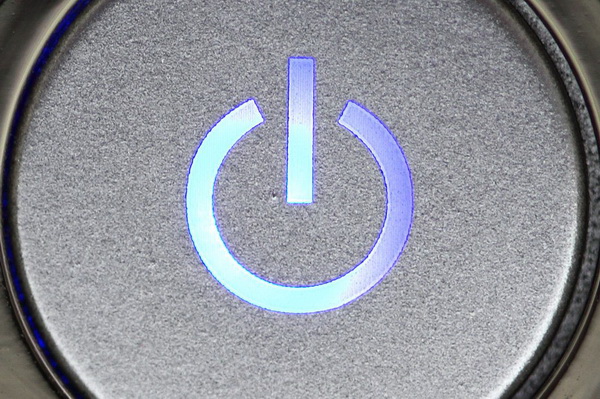Original text by Marina Belova
We often search for the ready scenario of what and how to do in order to digitize successfully. But we never touch the subject of getting prepared.
It is, perhaps, our biggest mistake.
Last year I was surprised to hear a few tips on how to digitize in a more effective way from several embroidery veterans. Those were 2 simplest actions that should be taken before digitizing starts:
1) to print the design in the full size
2) to create the embroidery sequence on paper even before you sit in front of your computer.

Isn't it ridiculous? Not it the very least. I tried these myself.
Printing the design on paper gives you the opportunity of taking an unbiased look at the design. I, for instance, conceptualize my future embroidery by looking at the size of the design and the number of stitches in it. First, I determine what stitches and stitch directions I'm going to use. Then, I assess the small details: is it possible to embroider them all or should some of them go. After all, you can draw the stitches on paper.
And then many things will become clear.
Outlining your future embroidery sequence on paper saves a lot of time. The only thing left is to digitize the design as planned. You won't have to modify the design afterward, set the start/end point of every object and do such routine tasks. Except perhaps for some small things that escaped your attention. But in general, it makes the project much quicker to carry out.
A not-so-unknown pro by the name of Ed Levy states that preparation is 75% of digitizer's work and is done without a computer. I think we should listen to these words. Besides, he's not the only one who says so.
Edited by Irina



There are no reviews to display.